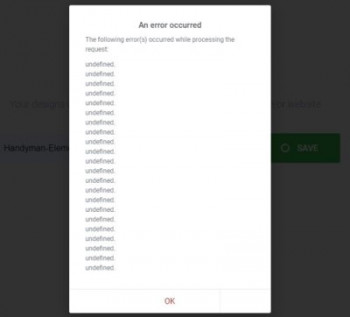Kubelet refers to the mechanism of applying, creating, deleting, and updating the containers on a Kubernetes node. It acts as a node agent that runs on each single node. This mechanism can easily communicate with the API server for registering new Kubernetes nodes.
Here at Ibmi Media, as part of our Server Management Services, we regularly help our Customers to perform related Kubernetes queries.
In this context, we shall look into the procedure of installing Kubelet on a Linux Mint 20 system.
Steps to install Kubelet on Linux Mint 20
1. Enable snapd on the Linux Mint system
To install snap from the Software Manager application, search for snapd and click Install.
Alternatively, snapd can be installed from the command line:
$ sudo apt update
$ sudo apt install snapd2. Install Kubelet via the Snap Store
Here, we will install Kubelet via the Snap Store on our Linux Mint 20 machine by running the command given below:
$ sudo snap install kubelet --classic3. Check the Edition of Kubelet Installed on the system
Although after successfully installing Kubelet on our system, its version appeared on the terminal, however, if in case, you have missed out that chance and you want to find out the version once again, then you can always run the command shown below:
$ kubelet --versionHow to uninstall Kubelet from your Linux Mint 20 system ?
You can easily remove Kubelet from your Linux Mint 20 system by executing the below command:
$ sudo snap remove kubeletOnce removed, you will get the "kubelet removed" message as the output.
[Need assistance in fixing snaps application Installation issues ? We can help you. ]
Conclusion
This article covers how to install Kubelet on a Linux Mint 20 system via the Snap Store. In fact, With the help of this amazing technology, we can easily manage the Kubernetes nodes.
This article covers how to install Kubelet on a Linux Mint 20 system via the Snap Store. In fact, With the help of this amazing technology, we can easily manage the Kubernetes nodes.















